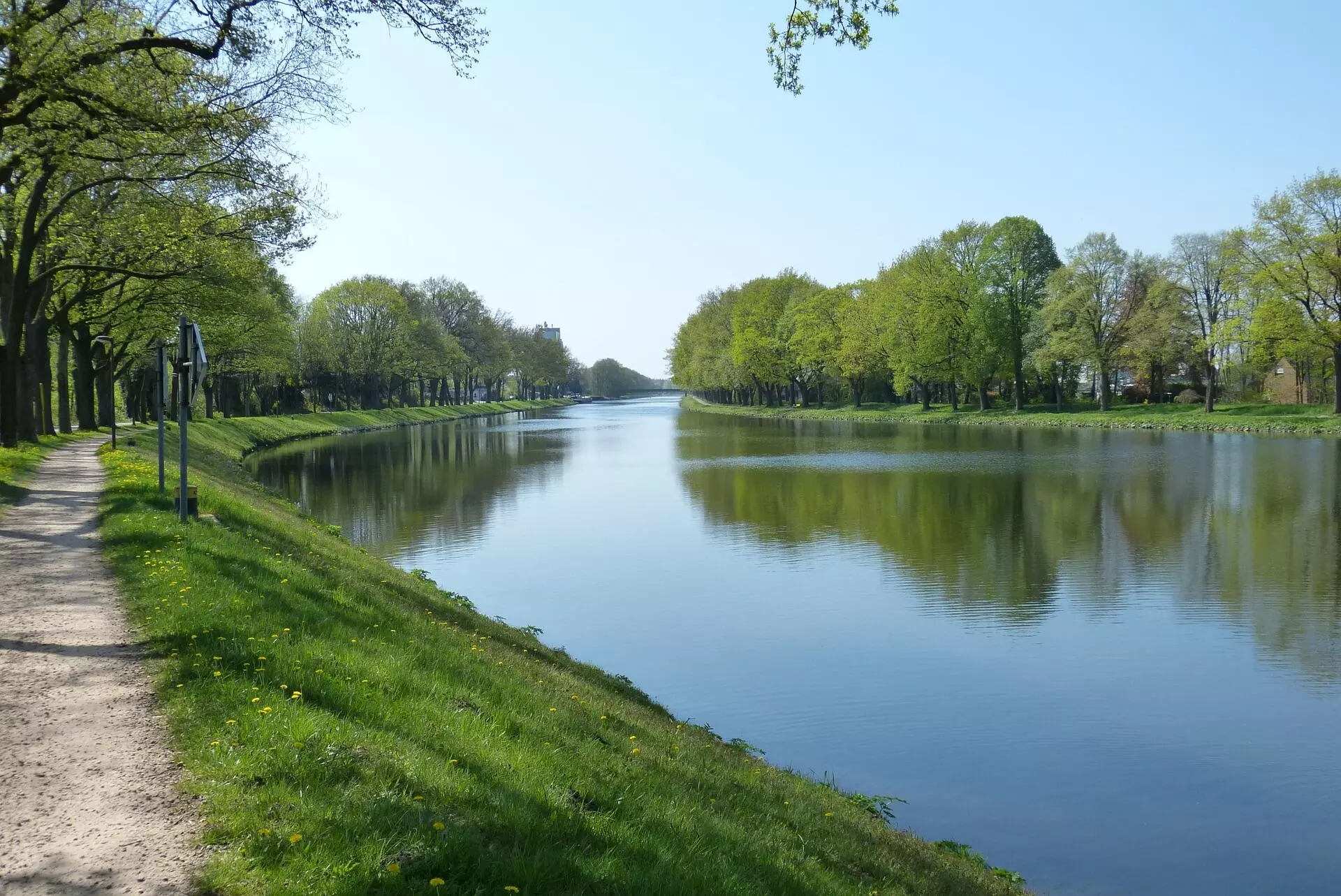A landmark count

The release of India’s first-ever waterbody census report by the Ministry of Jal Shakti is a welcome initiative. The census, conducted in 2018-19, presents a comprehensive database of water bodies throughout India. The census report defines water bodies as “all natural or man-made units bounded on all sides with some or no masonry work used for storing water for irrigation or other purposes.” Apart from ponds, tanks, reservoirs and lakes, the definition also includes drains of water from residential or other areas. The waterbody census can be said to usher in a paradigm change in documentation of such structures. Before this census, the usual practice had been to document the existence of waterbodies merely as sources of irrigation. The practice, certainly, was not in line with changing geological and climatic conditions, wherein the role of water bodies has increased manifold. The waterbody census now contains a plethora of information, such as the size, encroachment level and storage capacity of the water bodies. More importantly, it also provides region- and state-wise comparison of such bodies. Overall, there are more than 2.4 million water bodies across all states and Union Territories of India. West Bengal has been leading from the front with its 7,50,00 water bodies — exceeding three times the second-spot holder Uttar Pradesh. Furthermore, West Bengal has been reported as one among the handful of states where there is no encroachment. This stands in stark comparison with Uttar Pradesh which is home to almost 40 per cent of all encroached waterbodies. West Bengal’s South 24 Pargana ranked as the district with highest (3.55 lakh) number of water bodies across the country. Another major highlight of the waterbody census has been the disparity between urban and rural areas. Until now, while the data for rural areas was indirectly collected, urban areas were ignored altogether. The waterbody census reports that 97 per cent (23,55,055) of the overall water bodies are in rural areas while merely 2.9 per cent (69,485) are in urban areas. Though such a disparity could be anticipated in advance, the quantitative estimate can offer some crucial policy insights. The census report also revealed that 55.2 per cent of all water bodies in India are privately owned, and the rest are under public control. Yet another notable contrast can be seen between the number of natural and artificial water bodies. While 78 per cent of water bodies have been built by humans, only 22 per cent are naturally occurring. All these numbers and comparisons can serve as a starting point for formulating a comprehensive waterbody preservation policy framework. One of the greatest threats that human civilisation is facing right now pertains to ecology and the environment. Conservation of water bodies is vital to maintaining an ecological balance that has been thrown off-balance by an unending list of human activities. The state-wise comparison should also pave the way for greater coordination and mutual sharing of insights and strategies to tackle the threat of waterbody depletion on a larger scale. Different states may be registering different types of successes, and even failures, in the field of waterbody maintenance and preservation. Greater synchronisation of discreet strategies followed in different states can definitely lead to a more uniform and fool proof approach in this regard. The relatively inferior number for public water bodies is a signal that the government should make greater participation in the preservation and maintenance of water bodies. Apart from forming the bedrock for meaningful policy intervention, the waterbody census also shares useful insights on encroachments. The waterbody census found that 1.6 per cent (38,496) of all water bodies across India are encroached upon. Of 24,516 encroached water bodies assessed, in 62 per cent, less than 25 per cent area is encroached upon. At the same time, in 12 per cent of the assessed water bodies, more than 75 per cent of area has been encroached upon. There is a need to further narrow down this data, and lay extra emphasis on waterbodies that are under extensive encroachment. Also, governments should show interest in revamping ‘not in use’ waterbodies that constitute 16.3 per cent of overall numbers.



